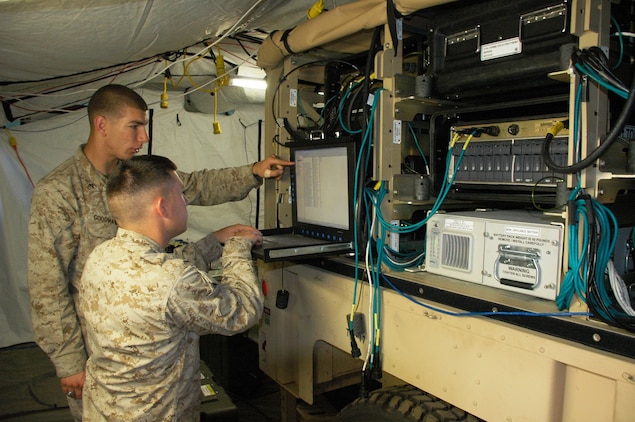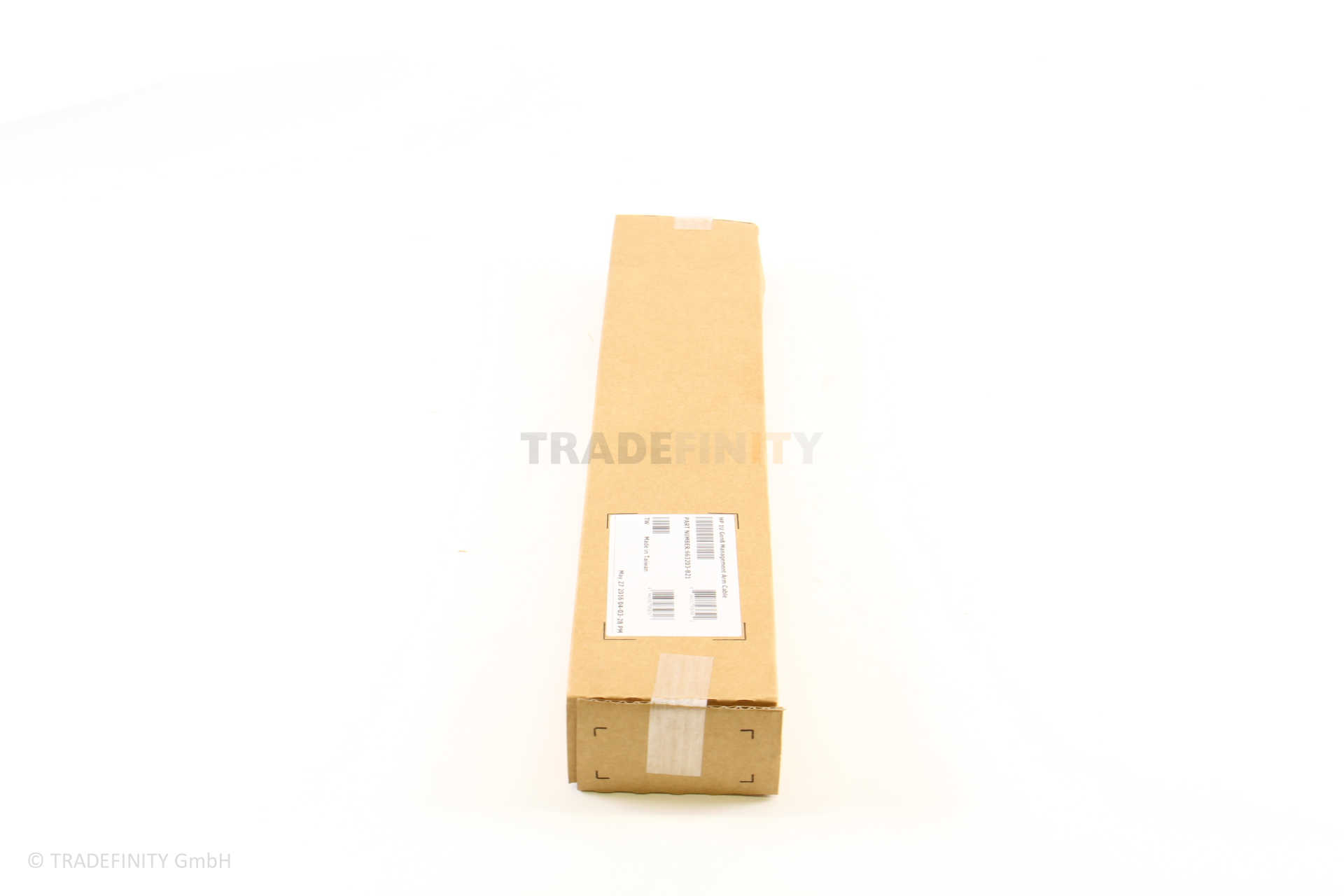
Detailed overview of Russian forces as of 2022 is here. For a breakdown of the nuclear warhead categories of the different nuclear-armed states, and for links to more details overviews of each country’s arsenals, see this table:Ī Warheads in the “military stockpile” are defined as warheads in the custody of the military and earmarked for use by military forces.ī The “total inventory” counts warheads in the military stockpile as well as retired, but still intact, warheads awaiting dismantlement.Ĭ This number is higher than the aggregate data under the New START Treaty because this table also counts bomber weapons at bomber bases as deployed. Additionally, as of 2023 both the United States and Russia have elected to no longer exchange publicly-available data about their deployed strategic warheads and launchers as mandated by the New START Treaty.ĭespite these limitations, however, publicly available information, careful analysis of historical records, and occasional leaks make it possible to make best estimates about the size and composition of the national nuclear weapon stockpiles. Similarly, in 2021 the United Kingdom announced that it would no longer disclose public figures for its operational stockpile, deployed warhead or deployed missile numbers. In 2020, the Biden administration restored nuclear transparency – a brief victory for nuclear accountability in a democratic country – but then declined to declassify any US stockpile data for 2021 or 2022. Between 20, the United States disclosed its total stockpile size, but in 2019 the Trump administration stopped that practice. Yet the degree of secrecy varies considerably from country to country. Most nuclear-armed states provide essentially no information about the sizes of their nuclear stockpiles. The exact number of nuclear weapons in each country’s possession is a closely held national secret, so the estimates presented here come with significant uncertainty.


But China, India, North Korea, Pakistan and the United Kingdom, as well as possibly Russia, are all thought to be increasing their stockpiles (see map): France and Israel have relatively stable inventories. In contrast to the overall inventory of nuclear weapons, the number of warheads in global military stockpiles – which comprises warheads assigned to operational forces – is increasing once again. The United States is still reducing its nuclear stockpile slowly.

Moreover, these reductions are happening only because the United States and Russia are still dismantling previously retired warheads. Globally, the overall inventory of nuclear weapons is declining, but the pace of reductions is slowing compared with the past 30 years. Currently, no other nuclear-armed state sees a need for more than a few hundred nuclear weapons for national security, although many of these states are increasing their nuclear stockpiles. Text by Hans Kristensen & Matt Korda & Eliana Johns & Kate Kohn Who owns the world’s nuclear weapons?ĭespite progress in reducing nuclear weapon arsenals since the Cold War, the world’s combined inventory of nuclear warheads remains at a very high level: nine countries possessed roughly 12,500 warheads as of early-2023.Ĭombined, the United States and Russia now possess approximately 89 percent of the world’s total inventory of nuclear weapons, and 86 percent of the stockpiled warheads available for use by the military.


 0 kommentar(er)
0 kommentar(er)
